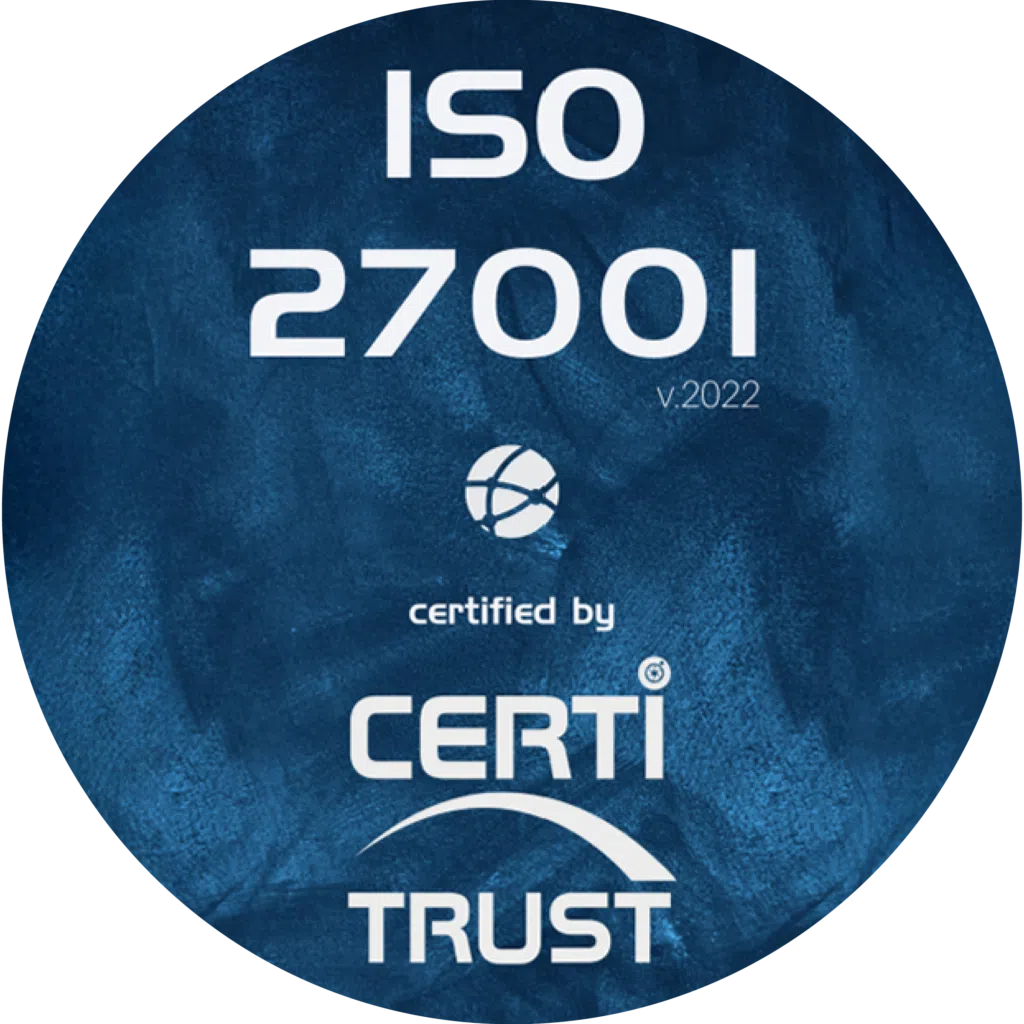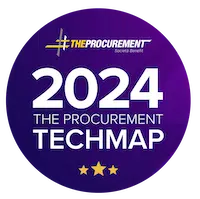The cost of stock holding (Inventory Carrying Cost), also known as the cost of storage, is a key indicator that can make the difference between a high-performance supply chain and one that is undermining a company’s profitability. A real Achilles heel for many organisations, Inventory Carrying Cost is often underestimated or even ignored, even though it represents a major performance lever. In this article, we explore this concept in detail, its components, its impact and, above all, the ways in which it can be optimised to boost competitiveness.
What is inventory carrying cost?
The Inventory Carrying Cost (IC) represents all the costs incurred by a company to store and maintain its inventory over a given period. It is a key concept in inventory management, enabling supply chain performance to be assessed and opportunities for improvement to be identified. In fact, “the cost of holding stock can represent up to 25% of the value of the products stored” (Deloitte, “Optimising the cost of holding stock: an underestimated performance lever”, 2021). It is therefore not to be neglected, given the importance of cash flow for a company.
The SPC is made up of several components, which may vary depending on the business sector and the nature of the products stocked. The most common components include :
- Capital costs: these correspond to the cost of the capital tied up in stocks, i.e. the potential loss of return on this money if it were invested elsewhere.
- Warehousing costs: the cost of storage space (rent, depreciation of warehouses), handling equipment and the labour required to manage stocks.
- Handling costs: cover all producthandling operations, from reception to dispatch, including quality control and packaging.
- Insurance costs: to cover the risks associated with storing products, such as fire, theft or damage.
- Obsolescence costs: the loss of value of products that become obsolete, out of date or out of fashion during their storage period.
The impact of stock holding costs
Inventory carrying costs are more than just accounting data: they have a direct impact on a company’s financial and operational performance. An excessively high COGS can have a negative impact on many aspects of the business:
Profitability
Every euro tied up in inventories is a euro that does not generate income. The higher the SPC, the greater the impact on the company’s profitability.
Cash flow
The SPC is a drain on the company’s cash flow, tying up financial resources that could be used for other investments or to pay suppliers.


Agility
A high CPS is often a sign of excessive stock levels, which can slow down a company’s responsiveness to market changes and customer demands.
Risk of obsolescence
The longer products are held in stock, the greater the risk that they will become obsolete or out of date, leading to financial losses and a deterioration in brand image.
Storage space
A high CPS often requires more storage space, which generates additional costs and can complicate warehouse management.
According to a study conducted by Aberdeen Group, “companies that manage to reduce their inventory cost of ownership by 10% improve their operating margin by an average of 1.5 percentage points” (“Inventory Cost Management: A Key Lever for Profitability”, 2022).
How can you optimise your inventory cost of ownership?
There are a number of ways in which companies can reduce their inventory carrying costs and improve the performance of their supply chain:
Implement a stock classification system
By segmenting references into classes (ABC) according to their value and rotation, it is possible to adapt management rules and service levels according to the challenges of each category.
Improve sales forecasts
Reliable forecasts enable stock levels to be adjusted in line with actual demand, thus avoiding overstocking and stock-outs.
Optimise stock management parameters
By adjusting the safety stock, the order quantity and the reorder point according to the variability of demand and supplier lead times, you can reduce the average stock level.
Working with suppliers
By implementing collaborative replenishment programmes (CPFR), shared supply management (VMI) or cross-docking, a company can reduce stock levels and the associated costs.
Automate stock management processes
Using a warehouse management system (WMS) or inventory management software can optimise handling operations, reduce errors and improve visibility of stocks in real time.
According to a study by Gartner, “companies that implement an advanced inventory management system can reduce their cost of inventory ownership by 10-30%” (“How to Optimize Inventory Costs with Advanced Inventory Management Systems”, 2021).
Beyond these tactical levers, it is essential to adopt a strategic approach to inventory management, aligning supply chain objectives with those of the business. This requires close collaboration between the various functions (purchasing, logistics, finance, sales), a long-term view of inventory management issues and a culture of continuous improvement.
CPS: a key lever for companies
The cost of stockholding is a key indicator of supply chain performance, which has a direct impact on a company’s profitability and competitiveness. By understanding the components of CPS and implementing targeted optimisation strategies, organisations can reduce their costs, improve their cash flow and become more agile.
Controlling the cost of inventory ownership requires a global and integrated approach to supply management, combining tactical levers (forecasts, management parameters, supplier collaboration) with a strategic vision of the supply chain. By taking up this challenge, companies can transform their inventory management into a genuine competitive advantage, helping them to improve their performance and ensure their long-term survival.
To find out more about the different types of stock and how they can be optimally managed, we invite you to read our full article on the subject.
Inventory management is a subtle art that requires expertise, rigour and agility. By making optimising the cost of stock ownership a top priority, companies are taking another step towards operational excellence and customer satisfaction. It’s a challenge within everyone’s grasp, provided they give themselves the means.
Want to learn more about our Weproc procurement management software?
Contact us or request your 15-minute demo below!









